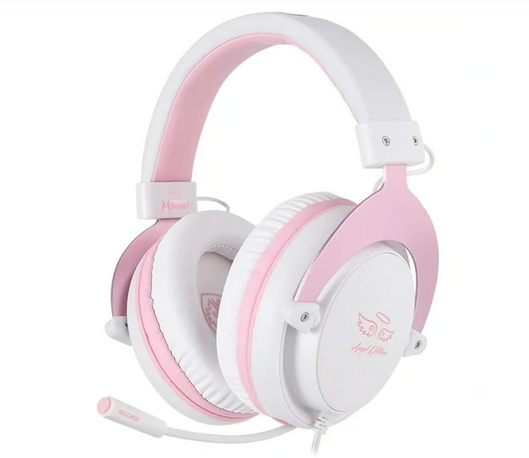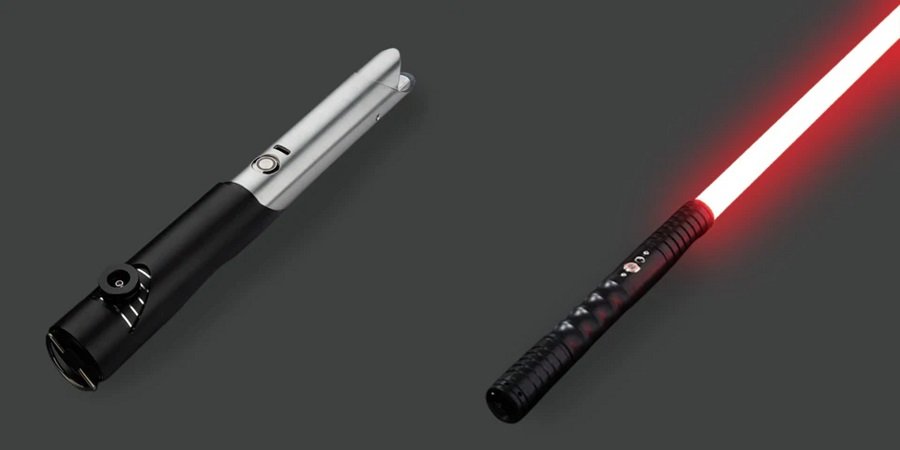In the vibrant and immersive world of gaming, the pursuit of the perfect setup often focuses on visual fidelity, refresh rates, and the tactile feedback of controllers. While these aspects undoubtedly contribute to the overall experience, there’s a crucial piece of the puzzle that often gets overlooked: the microphone in your gaming headset. We’re not just talking about something that “works,” but a mic that performs well, is clear, and helps foster genuine connection to your gaming community. The reality is that the quality of your microphone isn’t a secondary concern; it’s a cornerstone of your gaming experience, impacting everything from strategic coordination to forming lasting friendships and even your ability to communicate in online voice channels
The Underrated Value of Clear Communication
Imagine being in the final round of a competitive shooter, tensions running high, adrenaline pumping through your veins. Your teammate yells out vital information: “Enemy flanking left! Take cover!” But instead of hearing clear instructions, you’re met with a muddy, distorted mess of audio. That crucial intel is lost in a sea of static and noise, leading to a potentially disastrous outcome.
This scenario, while perhaps a little dramatic, is a stark illustration of why microphone quality matters. Gaming is increasingly reliant on real-time communication, whether you’re coordinating complex strategies in a multiplayer RPG, calling out enemy positions in a fast-paced shooter, or simply enjoying casual banter with friends. A poor microphone jeopardizes all of it, potentially turning engaging collaboration into a frustrating ordeal.
The benefits of a good mic reach far beyond the confines of competition. Think of the immersive storytelling potential of a cooperative game with a friend. The delivery of a joke, the heartfelt expressions of worry, and the sheer emotion of a well-executed plan become far more impactful when transmitted with crisp, clear audio. So why rely on a sub-par microphone, when the whole experience will suffer?
Beyond the Game: Connecting in a Digital World
The impact of a quality microphone extends beyond the immediate confines of a game, significantly shaping how you interact with the wider player community. In today’s digital age, gaming is often as much about social interaction as it is about gameplay. Online communities have become a huge part of the scene, and are a key component of the modern experience. Discord servers, team-based groups, and multi-player modes have opened our connections in a way that wasn’t present even a few years ago.
A clear, reliable microphone allows you to participate fully in these online spaces. You can contribute to group discussions, form deeper connections with fellow players, and build a reputation as someone who is easy and enjoyable to communicate with. This, in turn, enhances the social experience of gaming, transforming it from an isolated activity into a shared and meaningful experience. When your voice is clear, your contributions are more readily heard and value, making it easier for you to connect with new people and establish lasting friendships in the gaming world.
What Makes a Good Gaming Headset Mic?
So, what exactly constitutes a “good” microphone in a gaming headset? It’s not just about volume; several key factors contribute to overall quality:
- Clarity and Frequency Response: A good microphone should capture your voice cleanly without any muddiness or distortion. It should offer a wide frequency response, accurately reproducing both the low and high ends of your vocal range. This ensures that your voice sounds natural and easily understood by others.
- Noise Cancellation: No one wants to hear the clatter of your keyboard, or the background noise from your surroundings. An effective noise-canceling microphone will minimize these distractions, ensuring that your voice remains the focus of the audio signal.
- Directionality (Polar Pattern): Microphones come in different polar patterns, such as cardioid, omnidirectional, and bidirectional. For gaming headsets, a cardioid or unidirectional pattern is ideal. These patterns primarily pick up audio from the front, reducing the capture of sounds from the sides and back. This helps to limit ambient noise and focus on your voice.
- Sibilance Reduction: Sibilance refers to the harsh, hissing sounds produced by certain consonants (like “s” and “sh”). A good microphone will reduce sibilance, ensuring that your voice is clear and pleasant to listen to.
- Sensitivity and Gain: Sensitivity determines how well a microphone picks up quiet sounds, while gain controls the overall volume of the microphone. A balanced sensitivity and gain setting will ensure that your voice is capture accurately at a comfortable volume, without being too weak or clipping due to being too loud.
- Construction and Placement: A good microphone should be durable and well-constructed. The placement of the mic, ideally positioned near the mouth, will help to pick up your voice crisply.
The Impact of a Poor Microphone
The flip side of these benefits is a stark reminder of why microphone quality should not be an afterthought. A poor microphone can lead to a range of problems that can negatively impact your gaming experience.
- Miscommunication and Strategic Errors: In competitive environments, misunderstandings due to poor audio clarity can lead to missed opportunities, lost matches, and frustrated teammates.
- Social Exclusion and Isolation: Garbled or unclear audio can make it difficult to participate in group conversations, potentially leading to social isolation and exclusion from online communities.
- Frustration and Reduced Enjoyment: Having to repeat yourself constantly or being misunderstood due to a poor microphone is incredibly frustrating. It can quickly sap the enjoyment out of a gaming session.
- Negative Perception: A consistently poor audio experience might lead other players to perceive you as less engaged, less skilled, or simply difficult to communicate with.
Investing in Quality: A Long-Term Pay-Off
Investing in a good gaming headset with a high-quality microphone is not an expense; it’s an investment. Here’s why:
- Improved Gameplay: Clear communication leads to better strategy, stronger teamwork, and ultimately, more success in both competitive and cooperative games.
- Enhanced Social Experience: A good microphone allows you to fully participate in online communities, forge meaningful connections, and enjoy the social aspect of gaming.
- Professionalism and Reputation: For those who stream, record content, or participate in competitive tournaments, a quality microphone is essential for maintaining a professional image and a respected presence.
- Longevity and Value: Quality equipment tends to last longer. Investing in a durable headset with a good mic may save you money in the long run.
Choosing the Right Headset: Features to Consider
When selecting a gaming headset, pay close attention to the following microphone-related features:
- Microphone Type: Condenser microphones are often preferred for their detail and clarity, but dynamic microphones can more forgiving with background noise.
- Removable or Retractable: Some headsets offer removable mics which can be useful for those who want to use the headset without the microphone always present. Retractable mics allow for easy storage and prevent accidental damage.
- Flexible Arm: A flexible microphone arm makes it easier to position the microphone correctly for optimal sound capture.
- Software Customization: Some headsets come with software that allows you to fine-tune microphone settings such as gain, noise suppression, and equalization.
- Mic Monitoring (Sidetone): Mic monitoring allows you to hear your own voice in your headset, which can be useful for preventing you from speaking too loudly or quietly.
- Pop Filters (Optional): If sibilance or plosives are a major issue (those harsh ‘P’ and ‘B’ sounds), look for a headset that incorporates a pop filter or consider purchasing one separately.
Beyond the Headset: Other Factors to Consider
While a quality headset microphone is crucial, it’s not the only factor affecting your audio. Here are a few other considerations:
- Software Settings: Ensure that your microphone input is properly configured in your operating system and in any relevant gaming or communication software.
- Acoustics: The acoustics of your room can also affect your microphone’s performance. Consider using acoustic panels or other treatments to minimize background noise and reflections.
- Internet Connection Stability: Your Internet connection plays a key part in your ability to communicate. A poor or unstable connection can result in audio lag and distortion even if you have a stellar microphone.
The Bottom Line: Don’t Overlook the Power of Your Voice
In conclusion, the microphone in your gaming headset should be a top priority, not an afterthought. It’s not just about being heard; it’s about communicating clearly, connecting meaningfully, and fully participating in the rich social and competitive world of gaming. A high-quality microphone enhances your gaming experience, strengthens your connections with other players, and ultimately makes every game more enjoyable. By investing in a quality headset with a superior microphone, you’re investing in your overall gaming enjoyment and the potential for a more connected and engaging experience. Don’t let a sub-par microphone hold you back – let your voice heard, loud and clear.














Leave a Reply